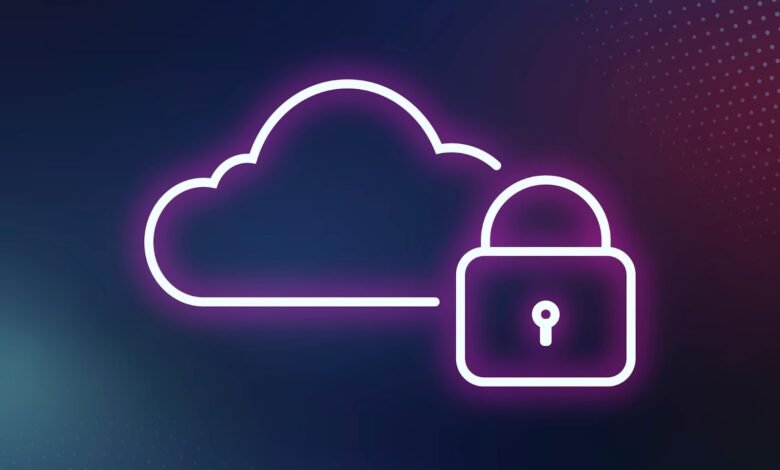What is the Difference between CWPP and CSPM?

According to Gartner, Cloud Security Posture Management (CSPM) tools are the cornerstone of cloud security. Gartner states, “a CSPM is primarily focused on security assessments and conformity monitoring across his IaaS cloud stack.” CSPMs typically leverage API integrations with one or more cloud providers to naturally catch cloud belongings and associated risks.
Cloud Security Posture Management (CSPM) an advertising segment of IT security appliances design to analyse misconfiguration concerns and conformity risks in the cloud. It is continuously reviewing cloud infrastructure for security vulnerabilities in safety guidelines.
CSPM
Most fortunate attacks against cloud services result from customer misconfigurations, mismanagement, and mistakes. We need to invest in action and tools.
Cloud Workload Protection Platform (CWPP)?
Cloud Workload Protection Platforms (CWPPs) operating system platforms anticipate for monitoring and opposing cloud workloads. While such “workload-centric” explanations are commonly agent-base, the focal point should be on the assignment – not the assistant. An excellent CWPP would authorise agentless and agent-based access to protecting workloads of contrasting types in estate datacenter, public-cloud and private-cloud environments – counting workload-centric security protections for bare metal servers, orchestrated containers, serverless “functions” and virtual machines (VMs).
CWPP Solution
The advertisement for Cloud Workload Protection Platforms CWPPs define by workload-centric bond protection explanations, which are commonly agent-based. They address the demands of server assignment protection in contemporary hybrid data centre architectures that interval on-premises, environmental, virtual machines (VMs), and other public cloud infrastructure as a service (IaaS) climates. Ideally, it also supports container-based application architectures.
How is Cloud Security Posture Management contrasting from Cloud Workload Protection?
In technical detail, there are significant differences between Cloud Security Posture Management (CSPM) and Cloud Workload Protection (CWP). It is primarily because CSPM revolves around cloud APIs, and CWP often relies on information from the operating system.
In reality, there is no contrast between CSPM and CWP. Because both are related to protecting conscious data in the cloud. Most cloud security vendors offer either Cloud Security Posture Management (CSPM) or Cloud Workload Protection Platform (CWPP) solutions, but not both.
Which is your Best Option?
Which tool an organisation chooses depends on its priorities. If controlling your company’s cloud usage is your primary concern, CASB is your best option.
If your company’s priority is to protect your workloads in the cloud and increase the security of your applications, CWPP is probably the better choice. Organizations should assess whether their current workload security solutions can keep up with the cloud services they use today. For example, your workload surveillance product should be adequate to scan the containers for vulnerabilities if you are using containers.
If your company’s better-pressing commitment is to adhere to the cloud configuration best attitude, then CSPM is acceptable as the best solution. CSPM tools adopt the cloud provider’s function programming interfaces to automatize security benchmarks. And audit checks. It can use, for example, to avoid exposing a leaked S3 bucket containing customer data to the internet.
Organisations should clearly define their cloud security demands when choosing the right platform and communicate those needs with collaborators and management.





